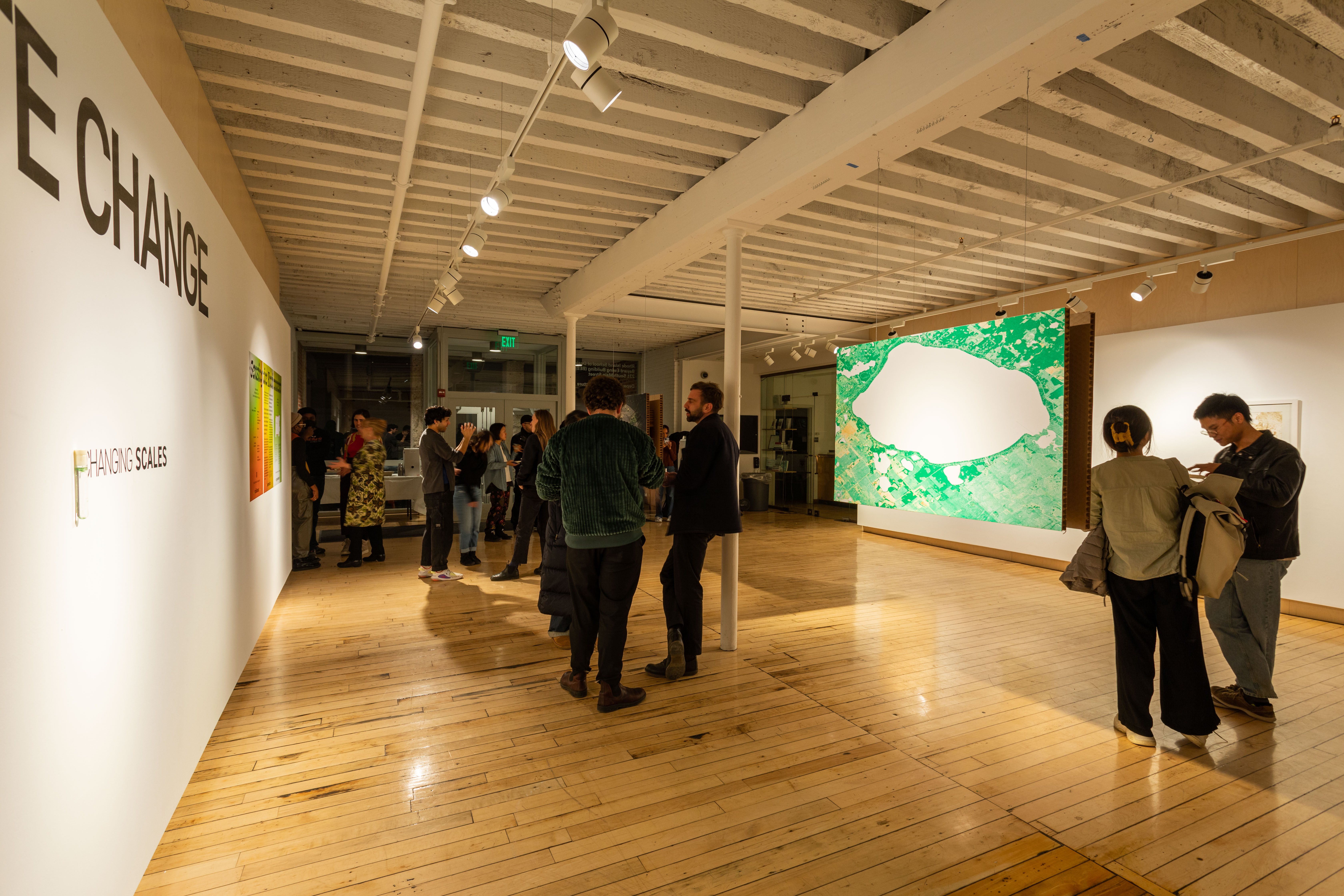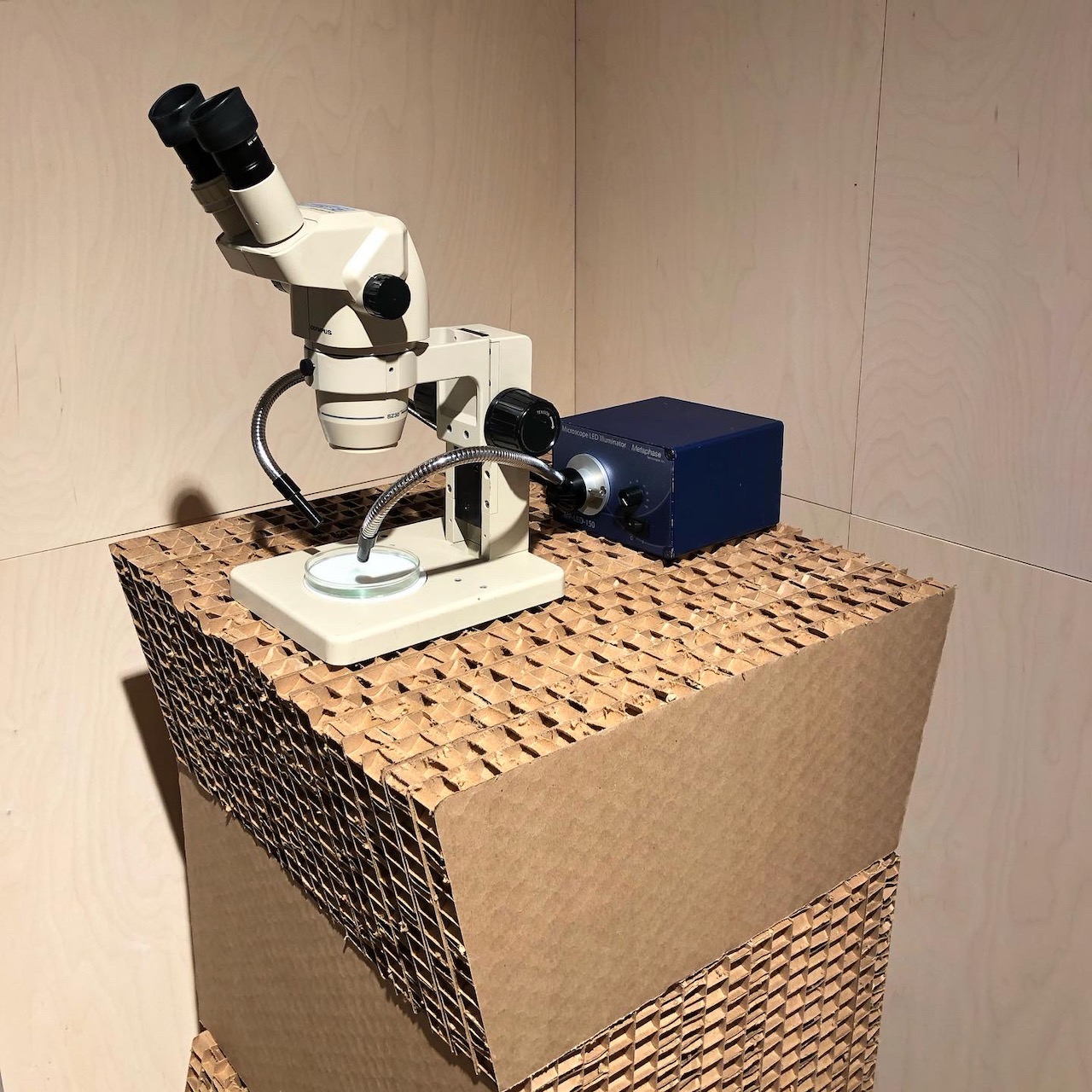Sensing the Environment: Evidence, Narrative, Appearance
forum, exhibition
YEAR:
2024
TYPE:
Public symposium and parallel exhibition, organizer and curator, RISD Architecture, March 7, 2023 and March 6-10, 2023.
SPEAKERS / EXHIBITORS:
sTo Len, artist
LinYee Yuan, MOLD Magazine
Linda Schilling Cuellar, AHORA
Felipe Shibuya, artist
Paulo Tavares, University of Brasília
Maggie Tsang, Dept.
Gabriel Cuellar, cadaster
RISD Nature Lab
FUNDING:
RISD SEI Programming Fund AY22-23
STUDENT ASSISTANCE:
Isabella Ruggiero, Zeyuan Ren
LINKS:
faculty news
video recording
![]()
2024
TYPE:
Public symposium and parallel exhibition, organizer and curator, RISD Architecture, March 7, 2023 and March 6-10, 2023.
SPEAKERS / EXHIBITORS:
sTo Len, artist
LinYee Yuan, MOLD Magazine
Linda Schilling Cuellar, AHORA
Felipe Shibuya, artist
Paulo Tavares, University of Brasília
Maggie Tsang, Dept.
Gabriel Cuellar, cadaster
RISD Nature Lab
FUNDING:
RISD SEI Programming Fund AY22-23
STUDENT ASSISTANCE:
Isabella Ruggiero, Zeyuan Ren
LINKS:
faculty news
video recording

INFO:
Climate change is an art of sensing and imaging, just as much as it is a science of analysis. Under what circumstances do we “see,” “know,” and “evidence” the environment? What are the aesthetics and politics of environmental media — those unevenly distributed transformations in our physical and built world?
While maps, drawings, sensing devices, and data collection have long served colonial and extractive interests, the arts of sensing the environment has also been leveraged otherwise. Departing from Eurocentric, Enlightenment-era perspectives of scientific authority and engineered solutions, the arts brings forth counter- practices, mobilizes memories and actions, and dismantles traditional aesthetics of “nature” in the face of the climate emergency. The question is what new images, indexes, documents, and instruments do we need, and how might we design them?
This symposium builds on existing momentum and discourses at RISD around sustainability and just climate futures — this time, focusing on its critical possibilities. It expands the visual project of rendering climate visible, diversifies voices and actors, and challenges power differentials latent in representations of the environment.
The exhibition also aims to decenter visual mediums of quantification and extraction; to mobilize a collective aesthetics and politics of “the environment”; and to catalyze discussions on how climate agency might be exercised through visual research, acts of design, and creative practice.
Climate change is an art of sensing and imaging, just as much as it is a science of analysis. Under what circumstances do we “see,” “know,” and “evidence” the environment? What are the aesthetics and politics of environmental media — those unevenly distributed transformations in our physical and built world?
While maps, drawings, sensing devices, and data collection have long served colonial and extractive interests, the arts of sensing the environment has also been leveraged otherwise. Departing from Eurocentric, Enlightenment-era perspectives of scientific authority and engineered solutions, the arts brings forth counter- practices, mobilizes memories and actions, and dismantles traditional aesthetics of “nature” in the face of the climate emergency. The question is what new images, indexes, documents, and instruments do we need, and how might we design them?
This symposium builds on existing momentum and discourses at RISD around sustainability and just climate futures — this time, focusing on its critical possibilities. It expands the visual project of rendering climate visible, diversifies voices and actors, and challenges power differentials latent in representations of the environment.
The exhibition also aims to decenter visual mediums of quantification and extraction; to mobilize a collective aesthetics and politics of “the environment”; and to catalyze discussions on how climate agency might be exercised through visual research, acts of design, and creative practice.











